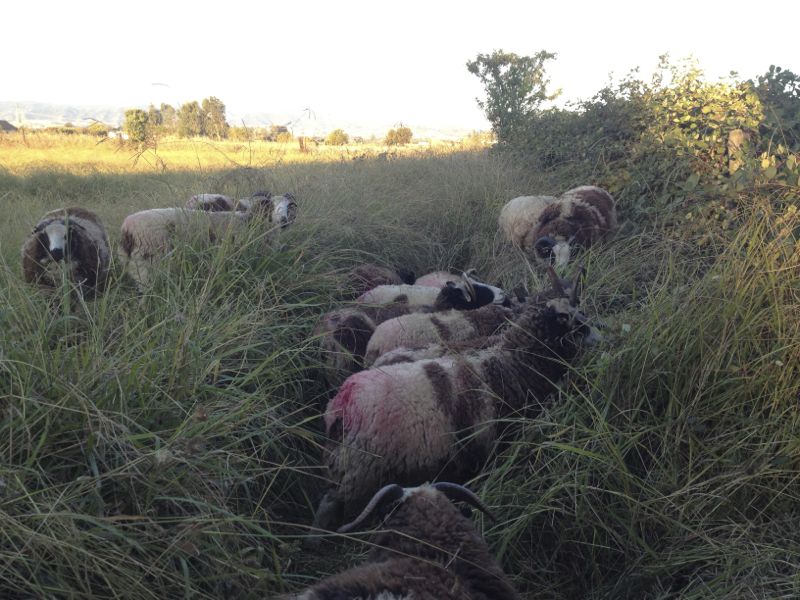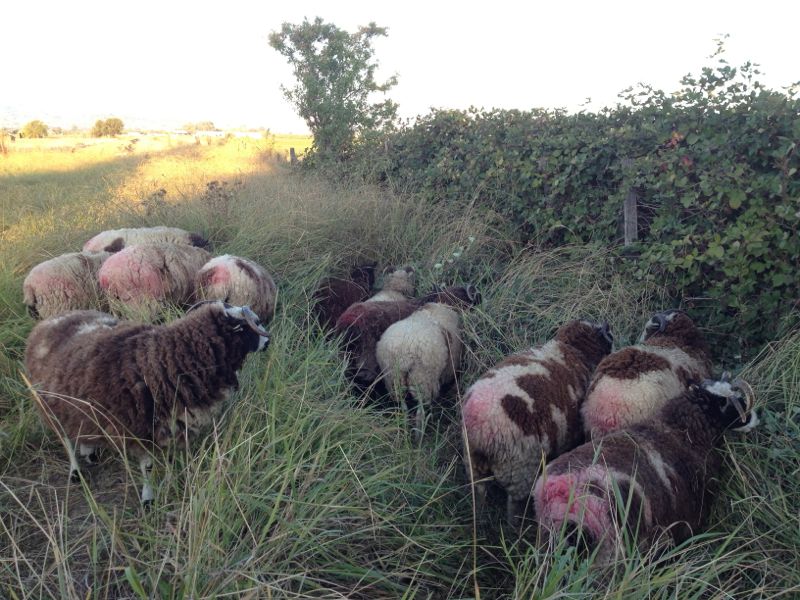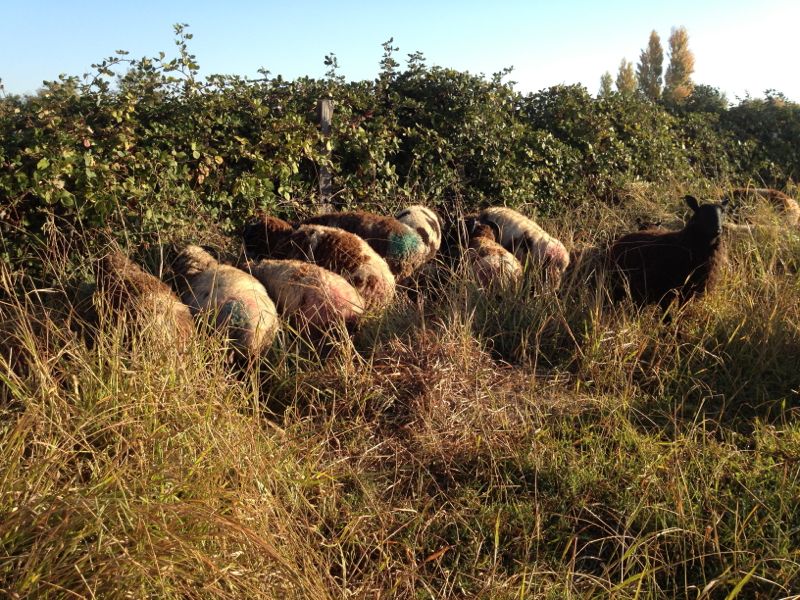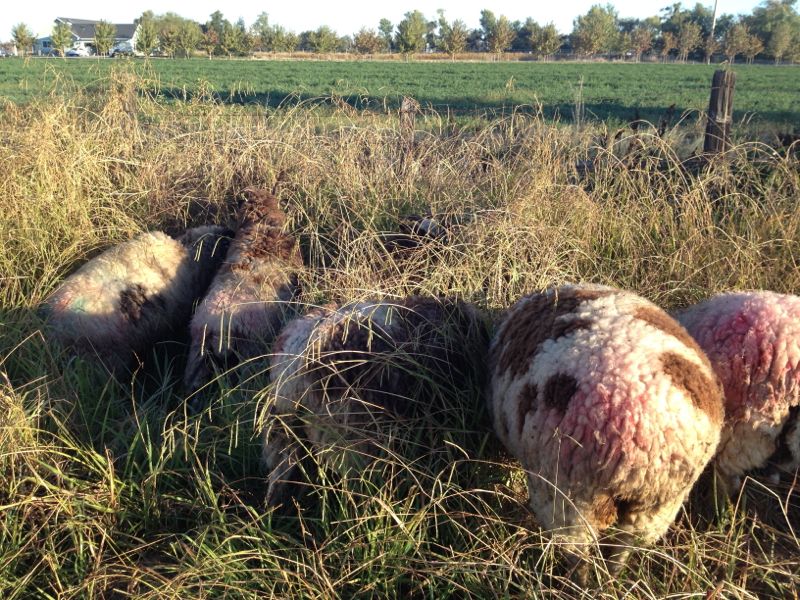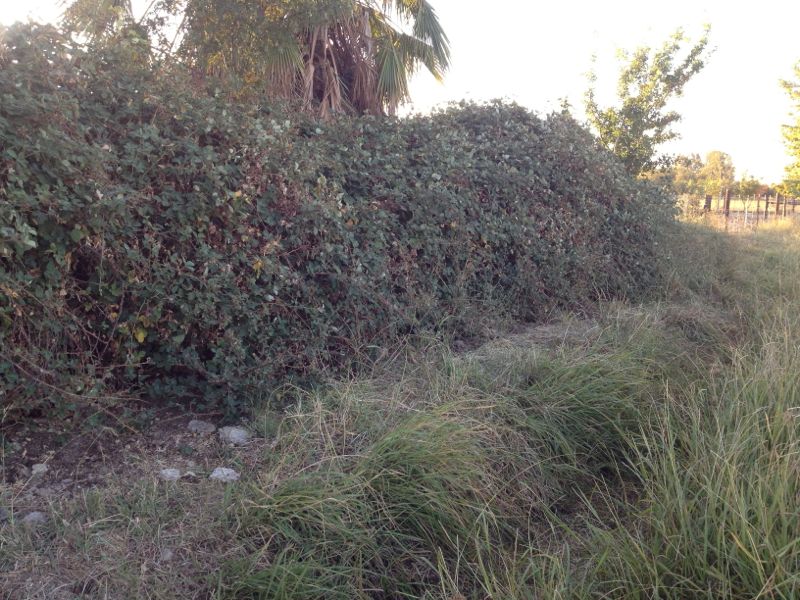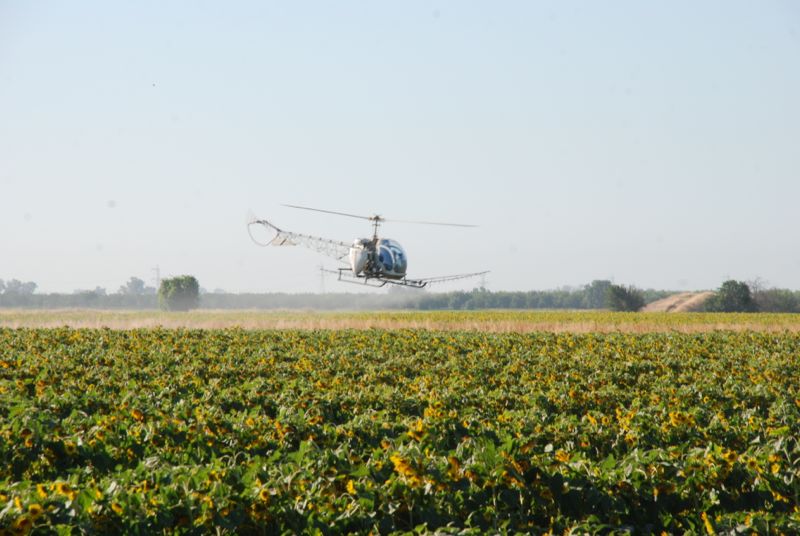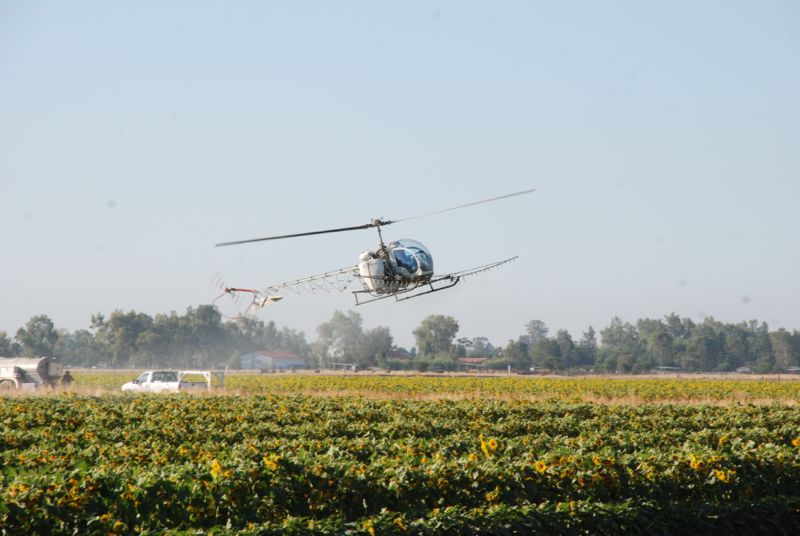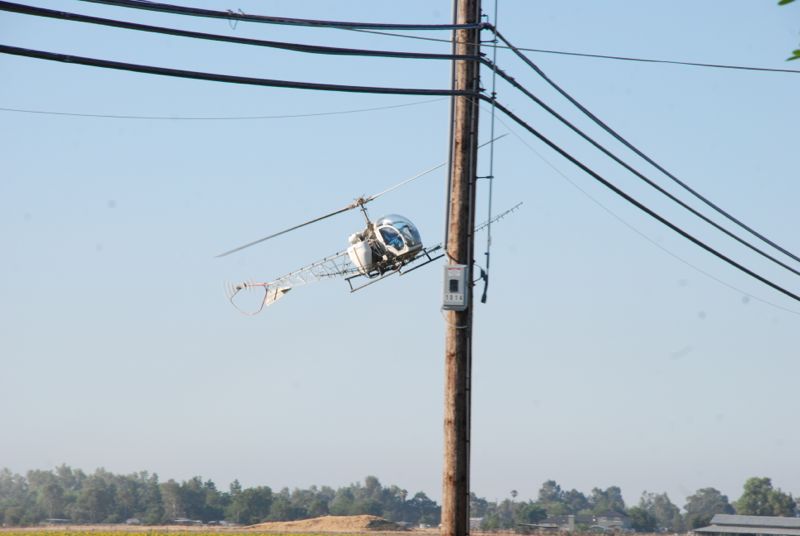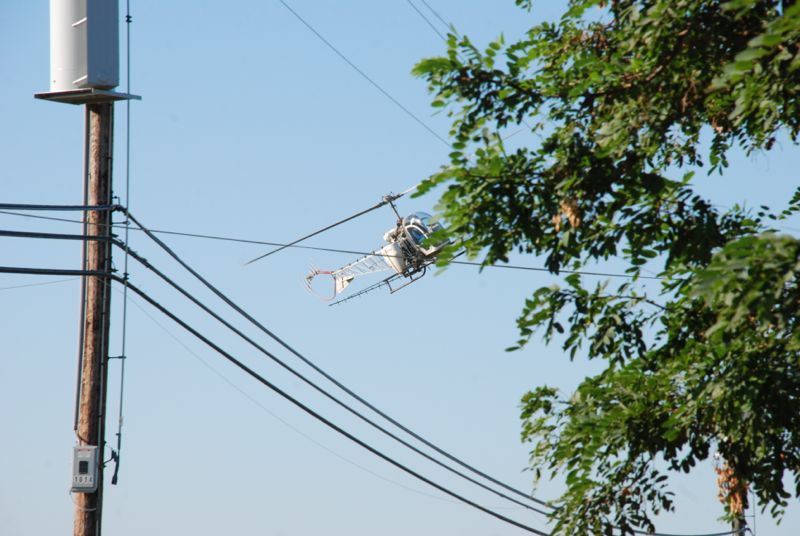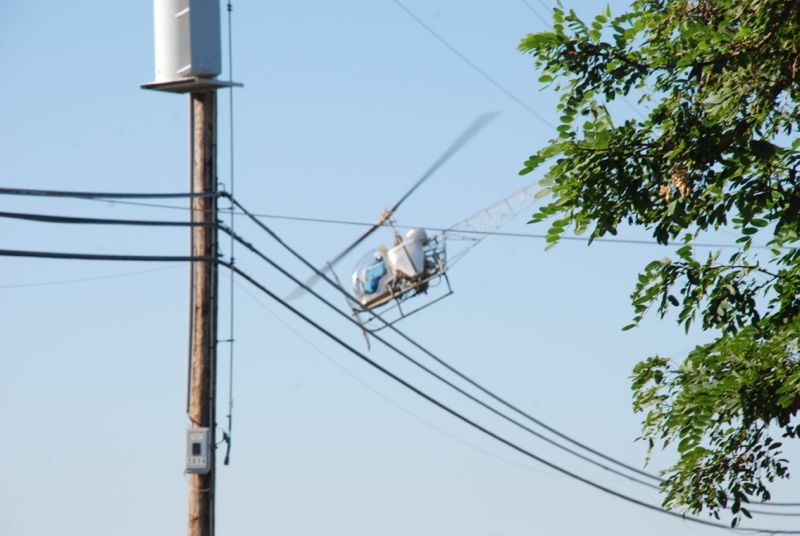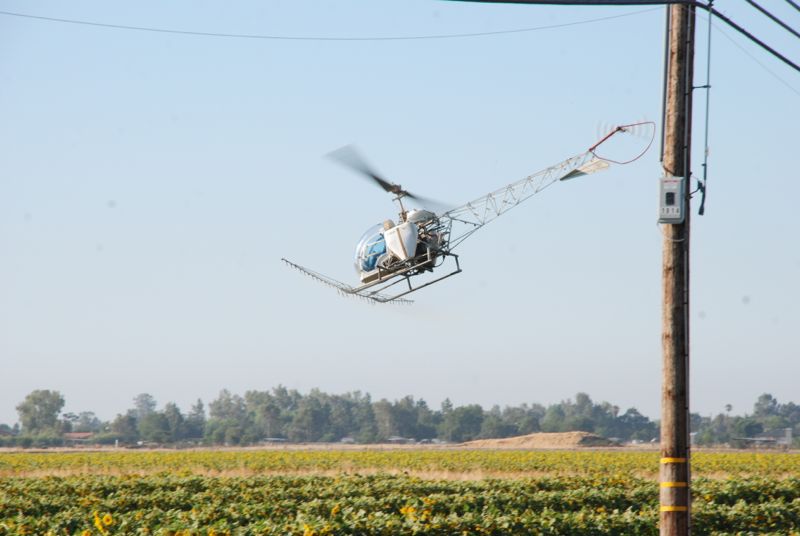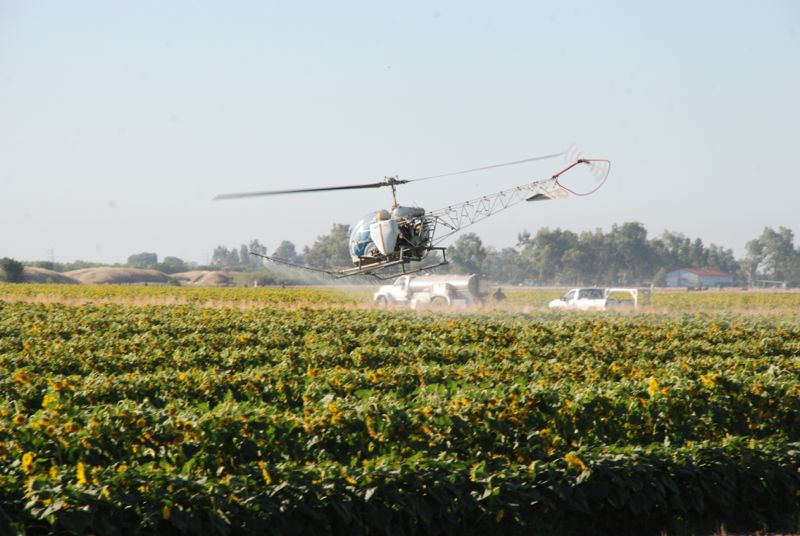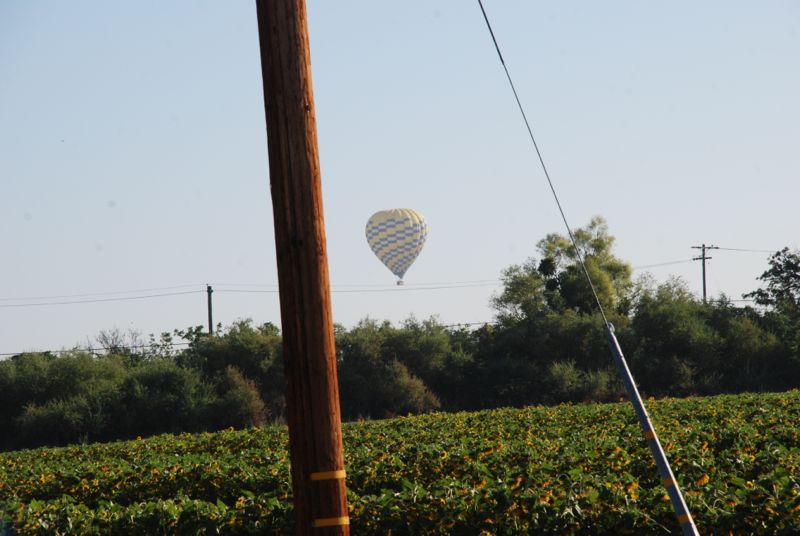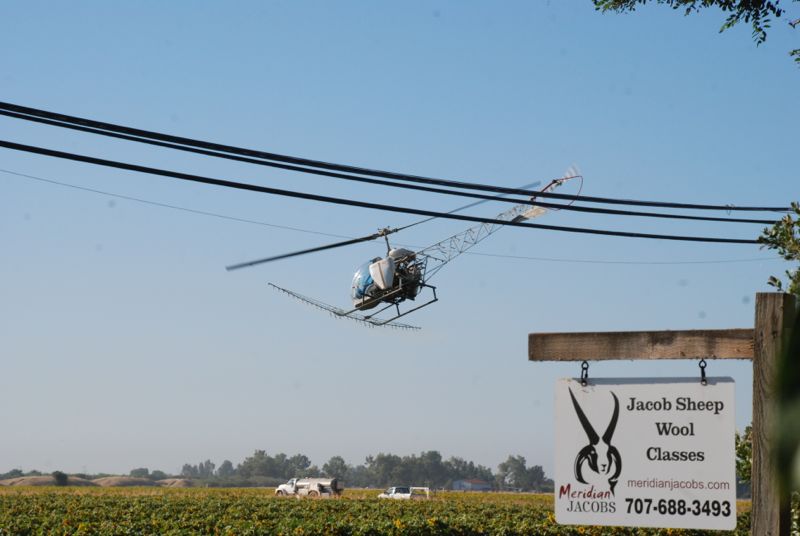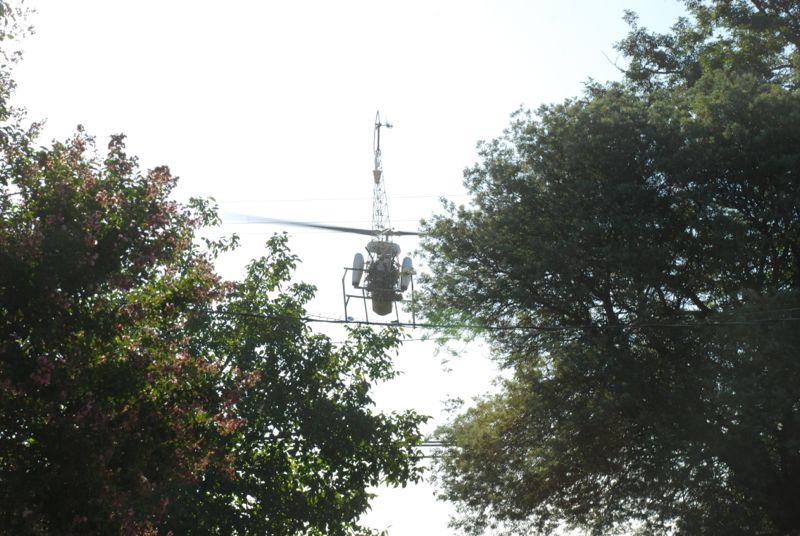Across the Road Close-up
/I just wrote a post using photos that I took Across the Road from our mailbox. I started that to document the changes in the field that we see from our house everyday. The photos themselves are kind of boring and not all that attractive. Here is some of what I see when I walk Across the Road. (And here is Rusty's version.)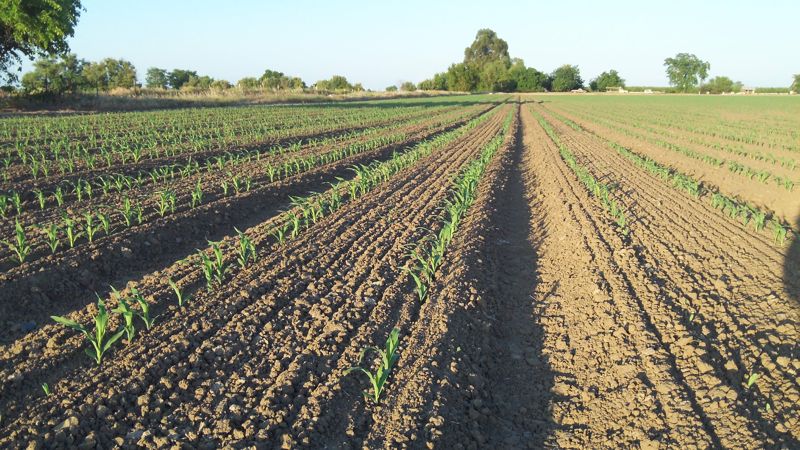 Last year the main crop was sunflowers but there is a corner of land owned by someone else. Last summer's crop on that parcel was corn.
Last year the main crop was sunflowers but there is a corner of land owned by someone else. Last summer's crop on that parcel was corn. Hot dog.
Hot dog. Irrigating the sunflower field.
Irrigating the sunflower field.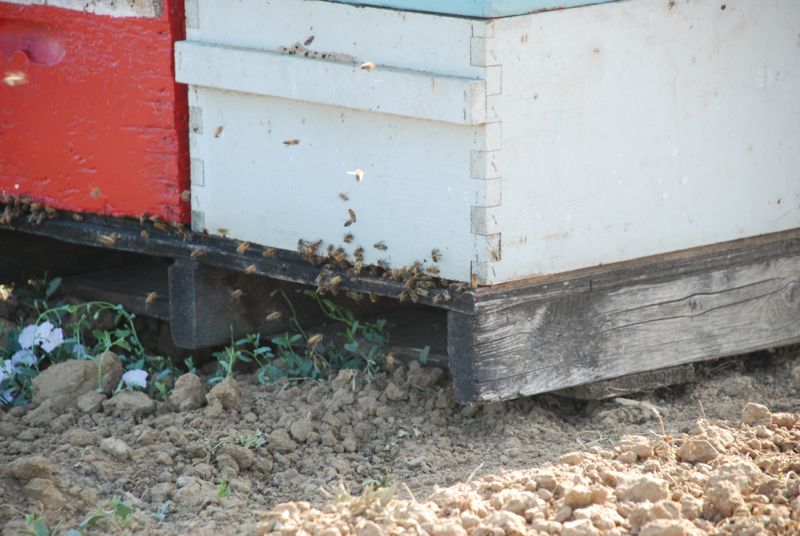 Pollenating the sunflowers.
Pollenating the sunflowers. Stickers in someone's fur.
Stickers in someone's fur. Sometimes our road seems like an alfalfa highway.
Sometimes our road seems like an alfalfa highway.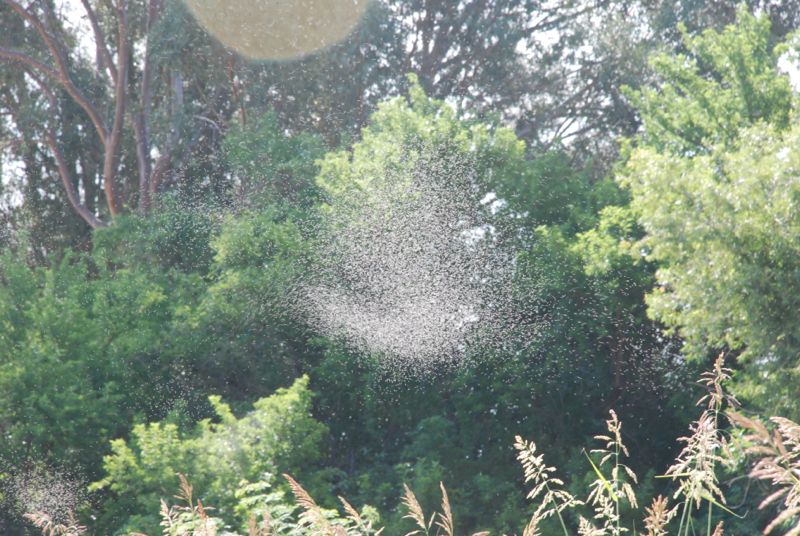 Swarm of bugs.
Swarm of bugs.
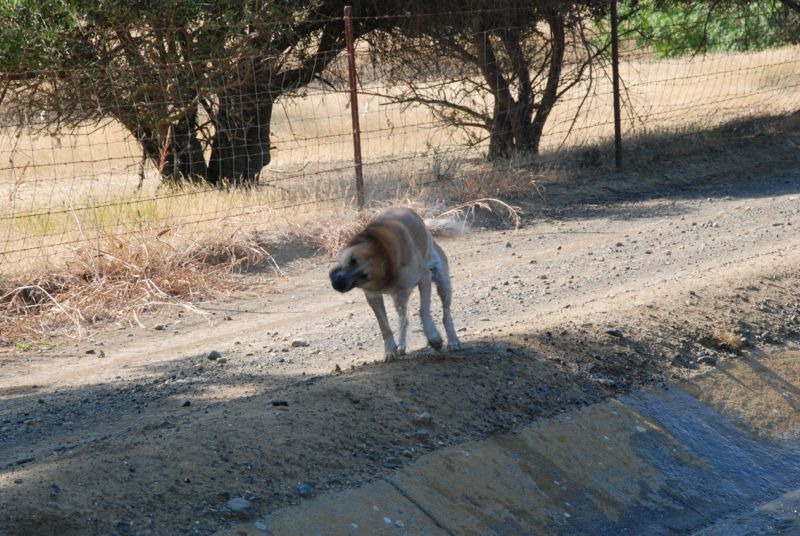 Another hot dog.
Another hot dog.  Irrigation water. This sure looks appealing when it is 100+ degrees.
Irrigation water. This sure looks appealing when it is 100+ degrees.
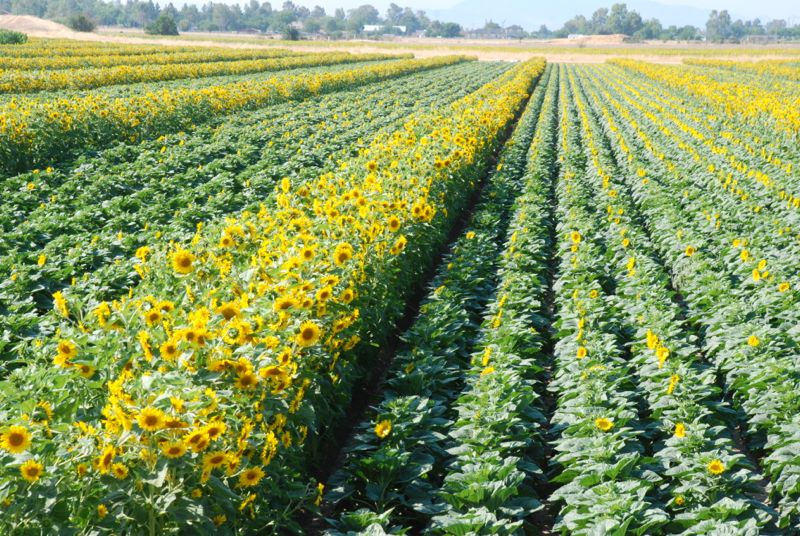

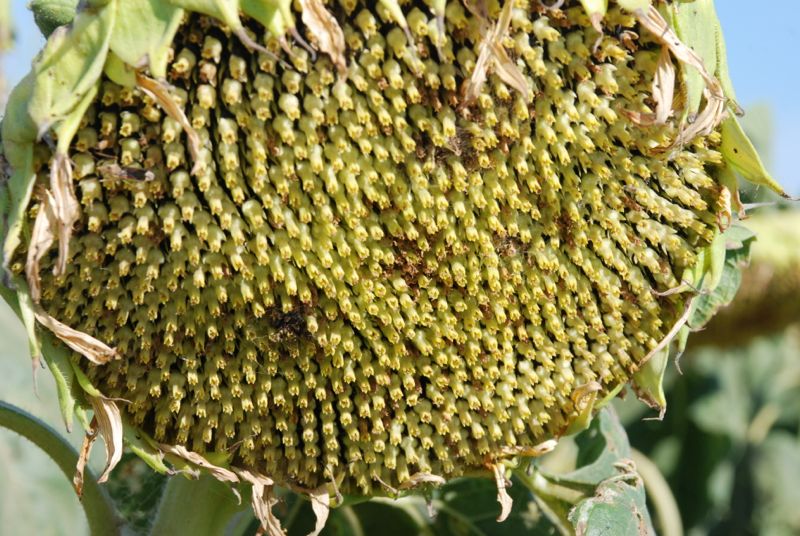
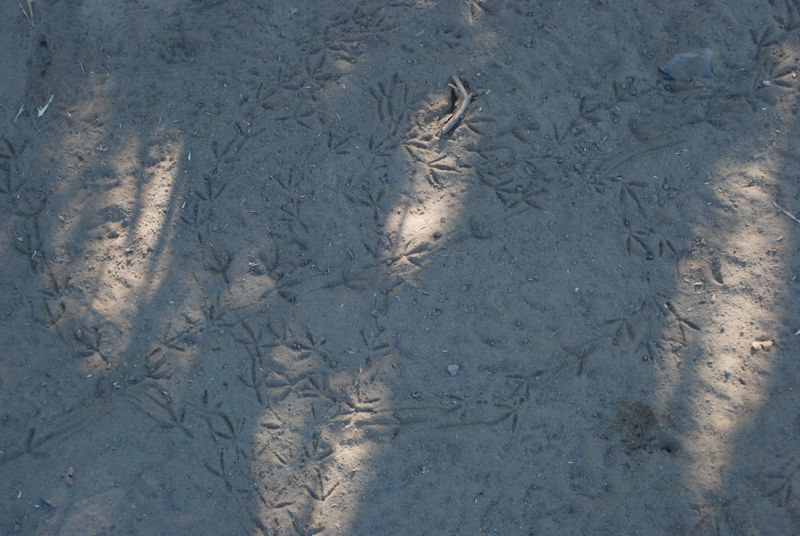 Signs that I'm not the only one Across the Road.
Signs that I'm not the only one Across the Road. 

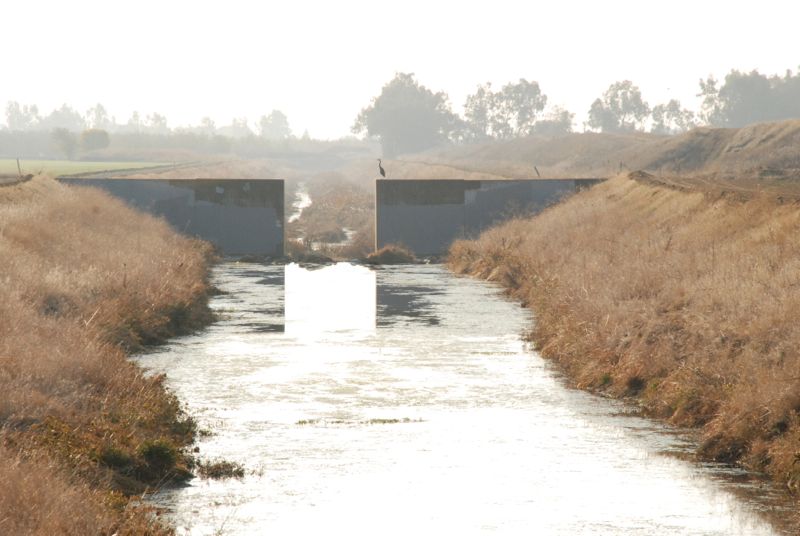
 Hope of the next harvest.
Hope of the next harvest.








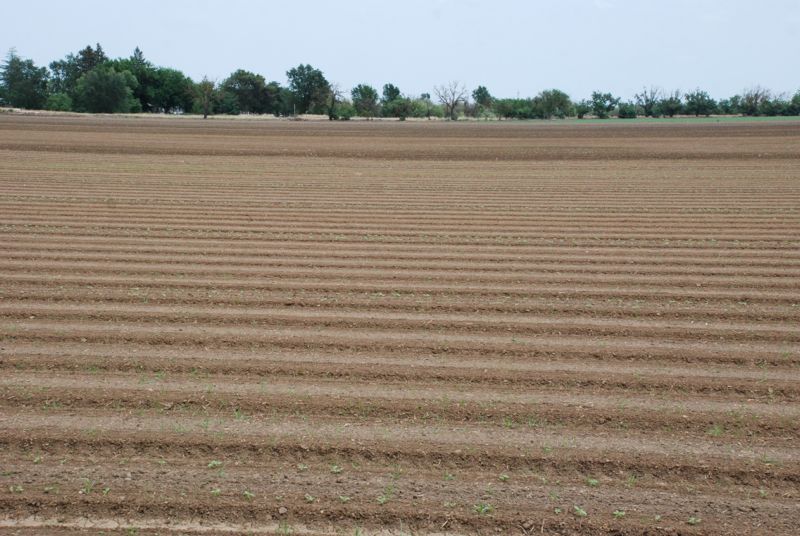






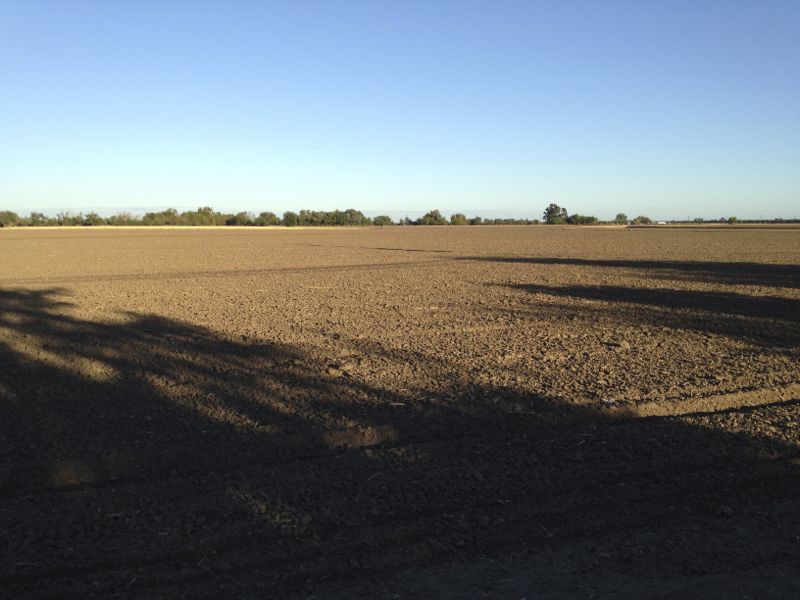

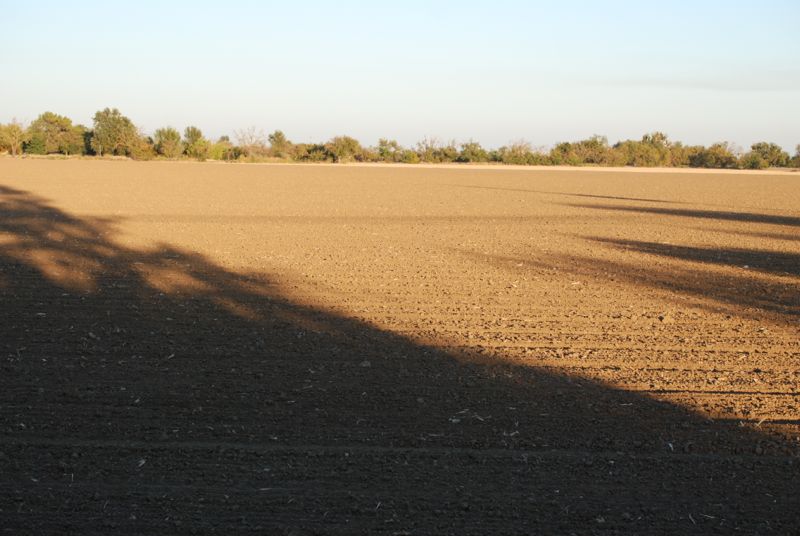

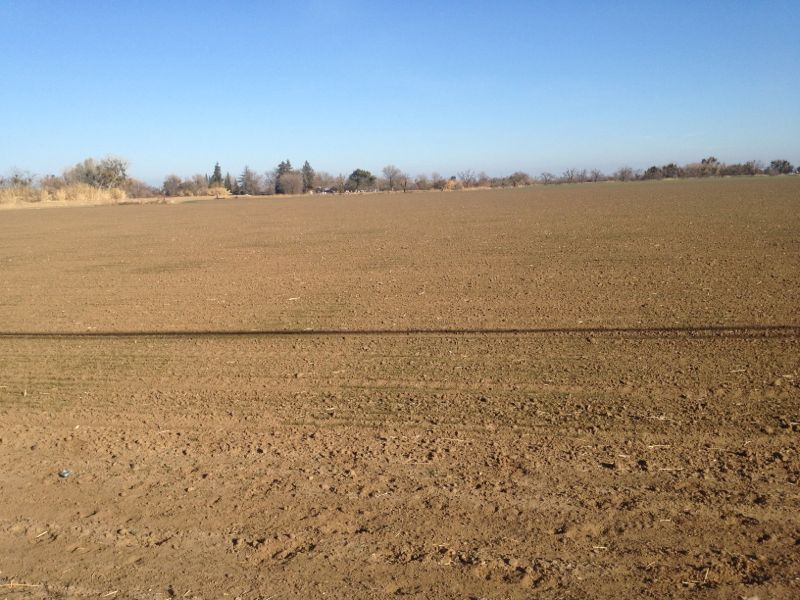
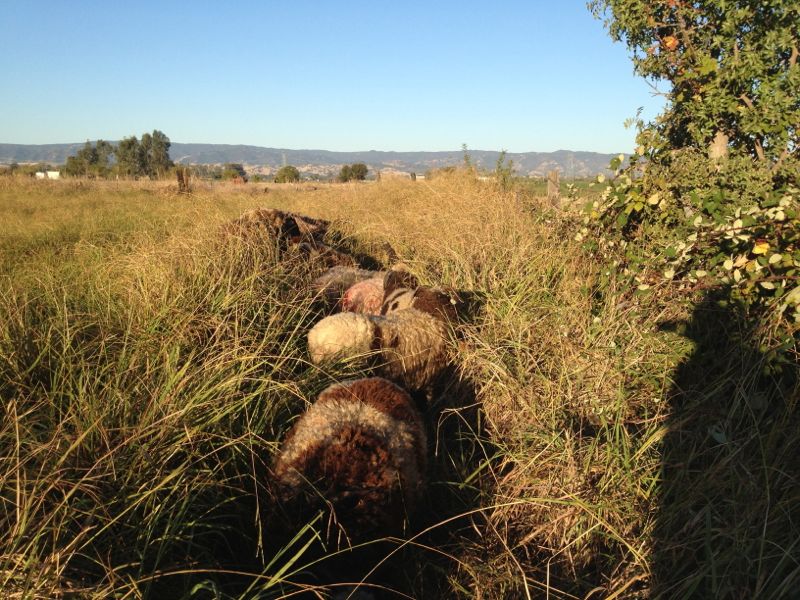
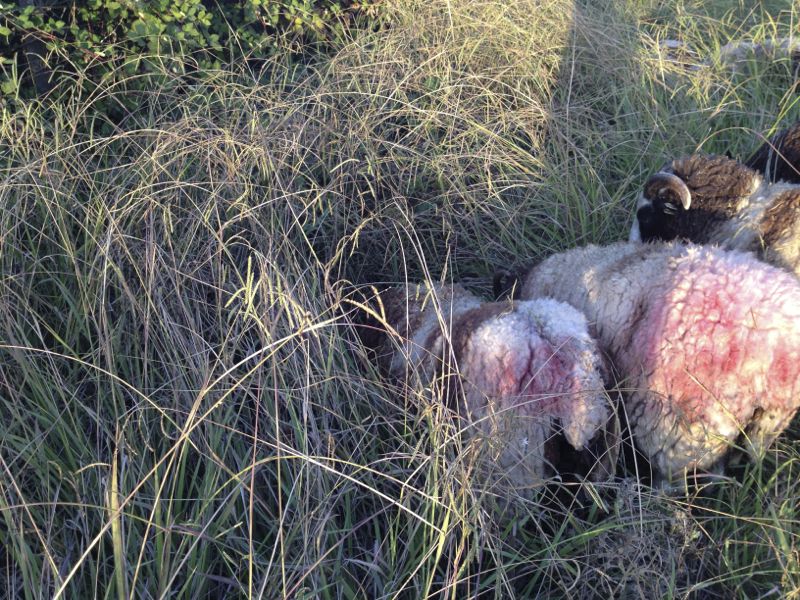
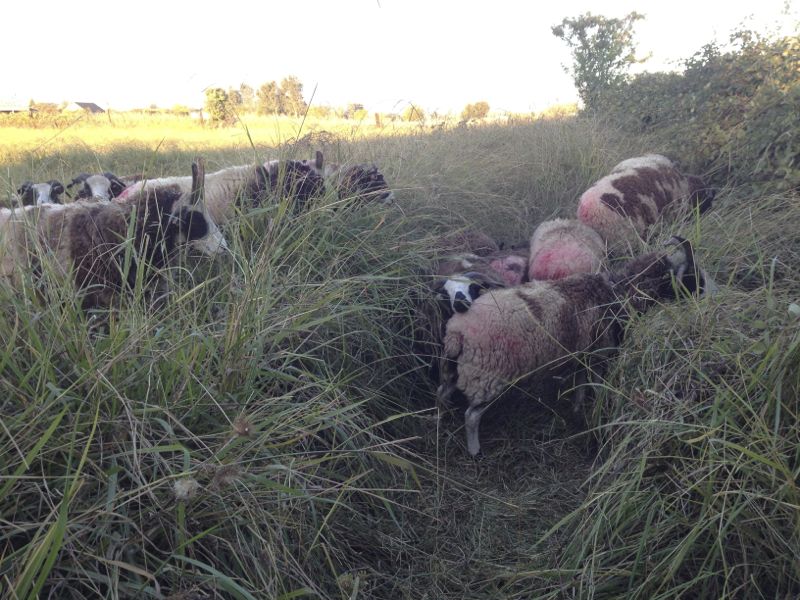 This photo shows that they are making progress. Now I can actually see a ditch and the sheep can get through it to the side with the blackberries.
This photo shows that they are making progress. Now I can actually see a ditch and the sheep can get through it to the side with the blackberries.